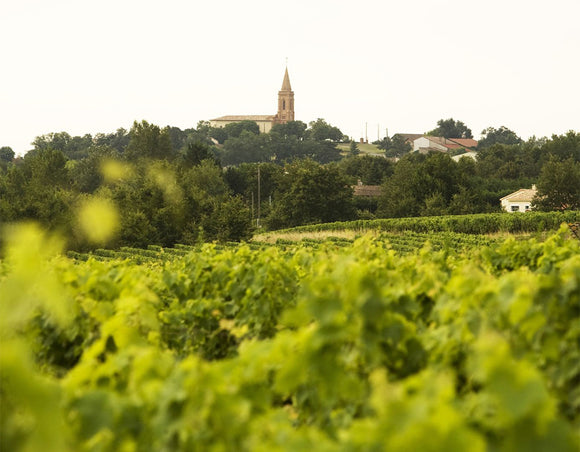Terroir
The 26 hectares of Penavayre wine estate are all located in the commune of Vacquiers, but are spread over two very distinct areas, including:
The terroir of the north of Vacquiers, in the Tarn valley
Here you have three types of soil on which different types of grape varieties thrive.
Upstream there are very early and thin soils. These adapt perfectly to the production of the estate's “Le Rouge” and “Le Rosé” vintages.
Then, we have transitional soils or stony boulbènes. These lend themselves to the cultivation of Négrette, a precious grape variety used to concoct, for example, the “ Alabets ” vintage.
Finally, there are the mullets of the Tarn: soils with clay loam characteristics. Allowing slow maturation of the grapes, these soils are intended for the cultivation of the grape varieties used for “ Le Pitchou ” and “ Tot Co Que Cal ”.







